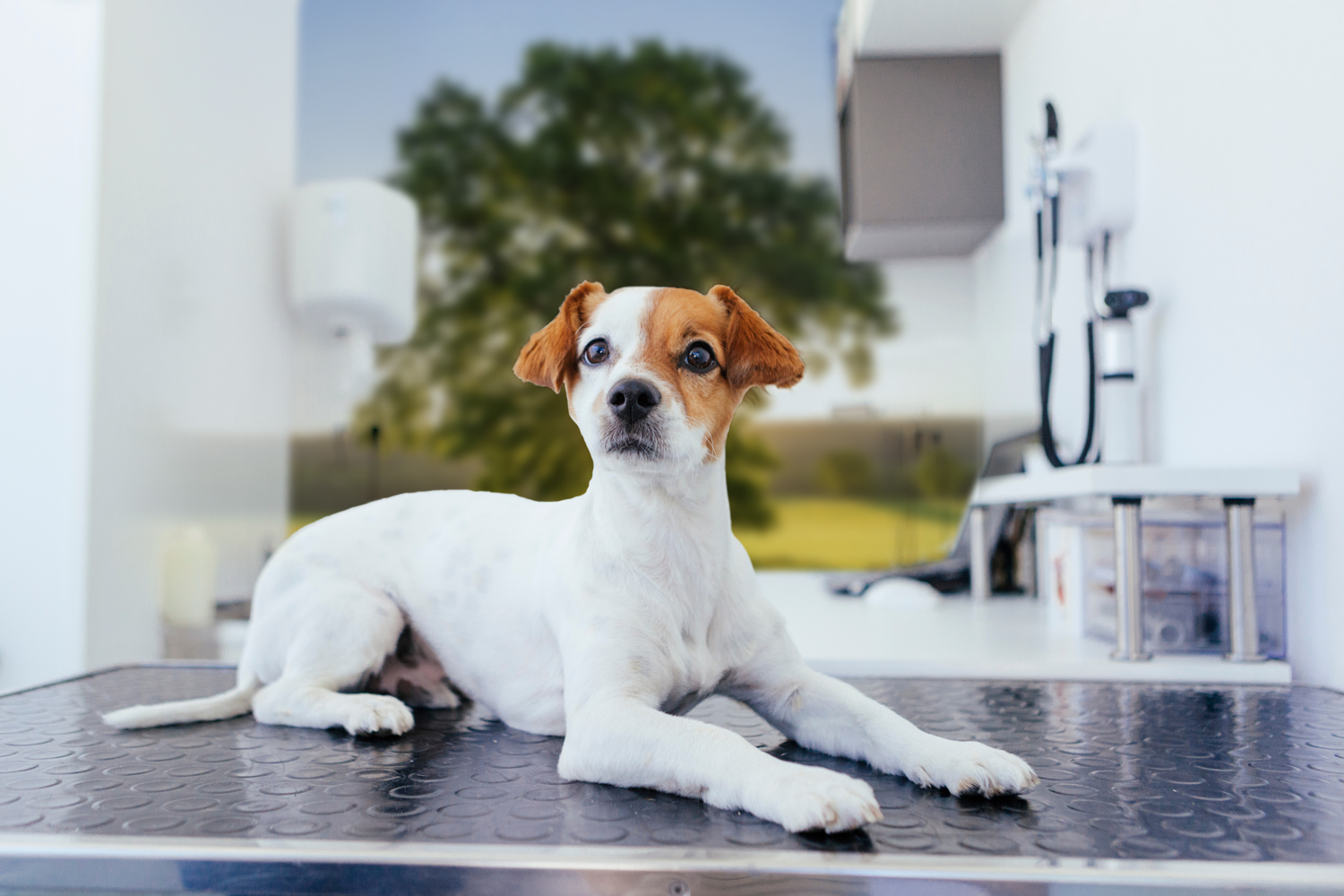
Of course, we are biased when it comes to wall graphics and their benefits to waiting customers and staff. Whether it is branding on your walls, communicating your brand values or calming photographic wall murals. We believe you can create better environments for all with wall graphics but what else can you do to improve your Veterinary practice?
Here is what the internet says… improving the waiting area of a veterinary practice is an important aspect of providing a more pleasant and calming experience for both the pets and their owners.
- Comfortable Seating: The furniture should be comfortable and easy to clean. Consider providing a variety of seating options to cater to different needs, such as benches for multiple people, chairs with armrests, and spaces for children to sit. Space under chairs for pet carriers is also worth considering.
- Pet-Friendly Design: Including a separate area for cats and dogs to help reduce stress and anxiety with a low wall or screen between the sections. Non-slip flooring to prevent accidents, and easy-to-clean surfaces to maintain hygiene.
- Entertainment: Provide reading material (books, magazines), a television (with pet-themed content or calming nature scenes), and free WiFi. For kids, consider a small play area or animal colouring books.
- Informational Materials: Display brochures, posters, or digital information about pet care, common diseases, preventative measures, etc. This can help educate pet owners and provide them with useful tips.
- Aesthetic Appeal: A well-decorated and bright space can make waiting more enjoyable. Use calming colours, and peaceful wall art like images of nature, or a fish tank to create a soothing environment.
- Refreshments: A small refreshment area with a water dispenser, coffee machine, and perhaps some biscuits or fruits can be a nice touch.
- Noise Control: Implementing noise reduction measures, like soundproofing materials or playing soft, calming music, can help reduce pet anxiety and make the environment more pleasant for everyone.
- Pet Amenities: Provide amenities for pets such as water bowls, litter boxes, and pet waste stations.
- Outdoor Space: If possible, consider an outdoor waiting area or a small pet park where pets can relieve themselves or get some fresh air while waiting.
- Digital Signage: Using digital signage to provide updates on wait times, introduce the vet team, share fun pet facts, or even display names and pictures of the pets coming in that day can help pass the time and personalize the experience.
- Wayfinding Signage: Clear signage can help reduce stress for first-time visitors. Mark the reception desk, restrooms, different sections (like ‘cats’ and ‘dogs’), and exits clearly.
- Pheromone Diffusers: These can help to calm pets and make their visit less stressful.
Remember, the primary goal of these improvements is to enhance the comfort and reduce the stress of both the pets and their owners. It’s also a good idea to work with a designer who has experience in creating pet-friendly spaces to get the best results.